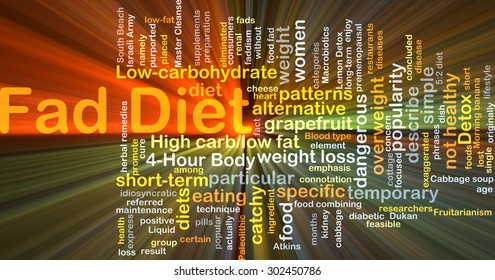So, what did we do on those cold winter days with many of us stranded because of weather conditions or the lingering pandemic? Did this time call for stuffing more food into our mouths with hope that all the chaos —whatever that was in our lives—would go away? Or maybe a case of blues bordering on depression caused us to stop eating or to eat too much?
Whether or not we read the latest nutrition or diet news, most of us would like to eat healthier, and many of us would love to lose five pounds or more. Sometimes we don’t know if special diets are good or bad. Compilations from experts, such as those selected by US News and World Report, give a rundown of the best and worst diets for our health. In the last blog, we looked at diets considered the healthiest. The news panel ranked 39 diets for losing weight as well as for other health conditions such as heart health, diabetes, and others.

Lowest Ranking Weight-Loss Diets3
Of diets assessed, those related to specific health issues may have scored low for Best Weight-Loss Diets because they were intended for other conditions and not for weight management.
- The Glycemic-Index (GI) diet identifies carbohydrates in foods according to their effect on blood glucose (sugar) levels. The lower the GI, the more slowly food is digested, absorbed, and metabolized. It tied with the better-known Paleo diet, touted for weight loss and healthy eating, at #32.
- The Fertility diet (#35), as the name indicates, was never intended for weight loss. However, the panel considered it expensive, inconvenient, and labor intense. It tied with the popular Whole30 diet.
- The AIP (Autoimmune Protocol Diet) is designed to reduce inflammation and help those with autoimmune disorders.
- The GAPS Diet (Gut and Psychology Syndrome) is an elimination diet which tied with AIP for the two lowest ranks.
Most weight-loss diets, good or bad, will help us lose a few pounds. However, they may be unhealthy, or they are diets structured so that they’re difficult to continue indefinitely. From the 39 evaluations of the news panel, here are the top five losers in reverse order.
- The Fast diet (#30) mirrors a pattern of eating often referred to as the 5:2 diet: you eat normally for five days of the week and reduce calories to about one-fourth of normal intake on two nonconsecutive days of the week. The diet failed to provide guidance on healthy eating for non-fast days.
- The Paleo diet (#32 tied with GI) has a strong following. The premise is that if the caveman didn’t eat it, neither should we. The diet is considered too limited for a healthy eating plan. It restricts refined sugar, legumes, grains, and dairy and embraces meats, fish, poultry, fruits, and vegetables.
- The Dukan diet (#34) ranked among the lowest in several categories and last for Best Diets Overall. Proponents claim dieters lose 10 pounds the first week and 2 to 4 pounds the following week. Some question whether this is actually a weight-loss diet. The panel stated it does not work, and one went so far to call it idiotic. Rules are stringent, and the protocol is hard to follow.
- The Whole30 diet (#35), according to the developers, is not a diet, weight-loss plan, or quick fix. It supposedly changes your life. For 30 days dieters (or life changers) restrict sugar, dairy, grains, and alcohol. This diet isn’t recommended for the faint of heart and fails to meet government standards for carbohydrates.
- The Alkaline diet (#37) comes with lots of rules and little research. One expert panelist described it as ridiculous. The theory is, alkaline is good—acid is bad. The diet is measured by a 0 to 14 pH scale with 7.0 as neutral. The higher the number above 7.0, the more alkaline a substance. Likewise, the lower the number below 7.0, the more acidic. What we eat has little effect on blood’s normal pH of 7.35 to 7.45 (slightly alkaline). Those following this diet may have difficulty maintaining adequate protein and calcium intake, and the diet could eventually cause problems with blood pH levels.
I point out lower ranking weight-loss diets for us to realize that just because a diet is popular doesn’t make it a good choice. If you need help in losing weight, consult with a registered dietitian proficient in weight management. This is National Nutrition Month so whatever diet you choose, make sure it will be helpful and not harmful.

